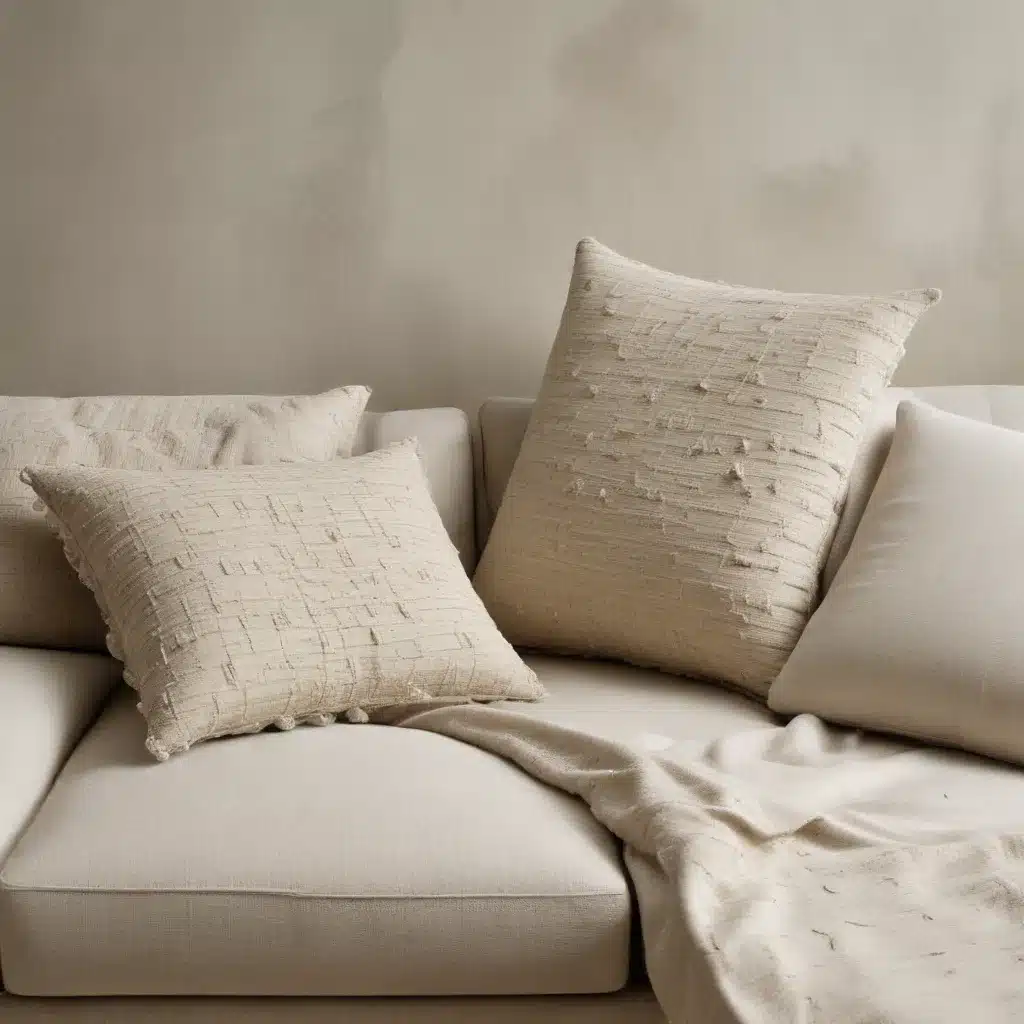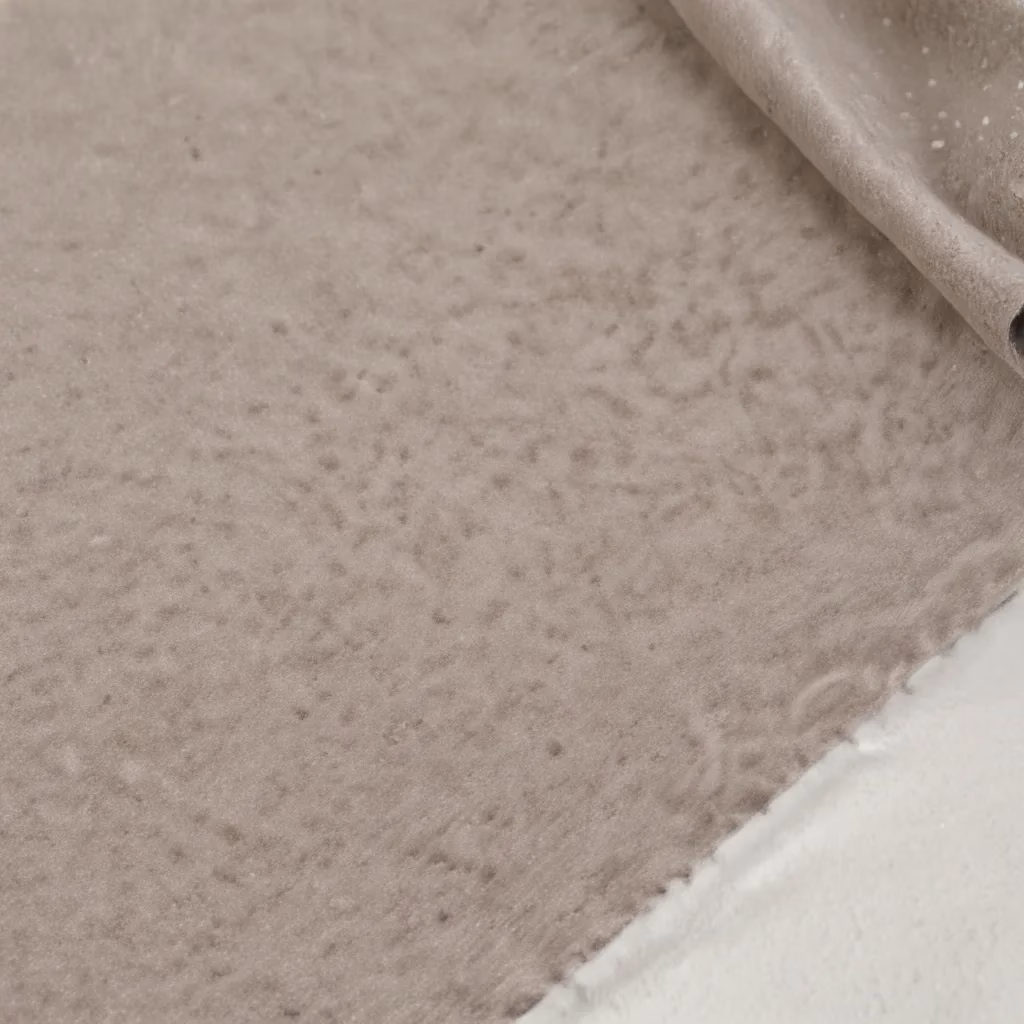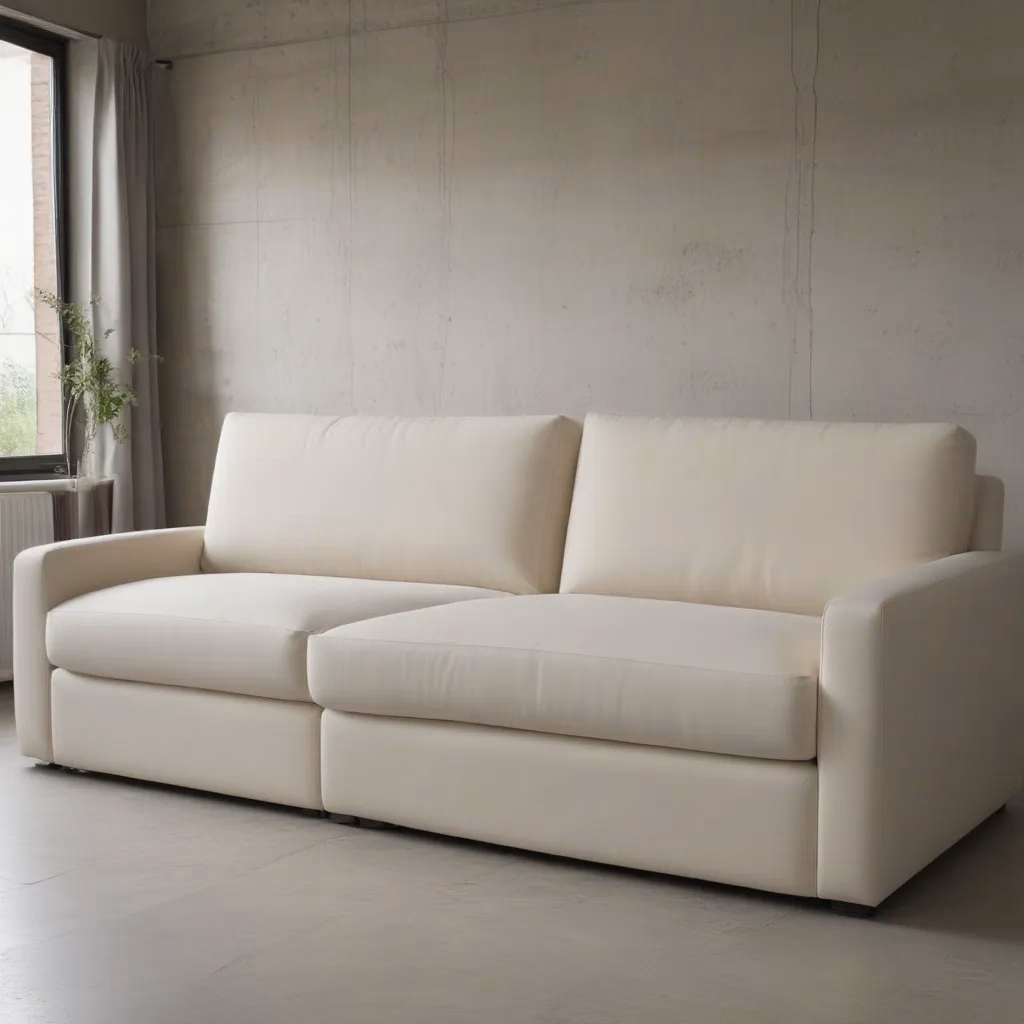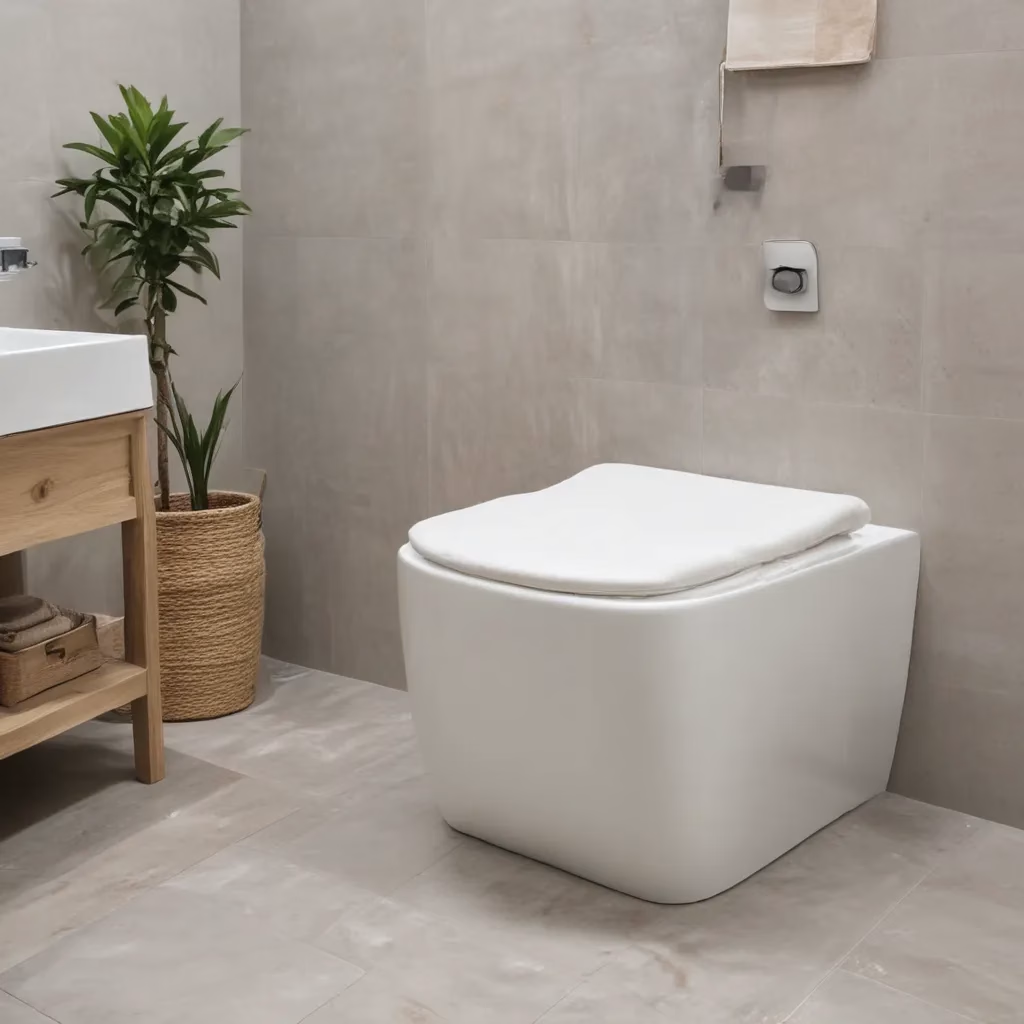
The Power of Texture in Home Decor
In the world of interior design, texture plays a crucial role in creating a visually appealing and comfortable living space. When it comes to sofas, the fabric choice can make or break the overall aesthetic and feel of a room. As we move into autumn 2024, UK homeowners are increasingly recognising the importance of tactile experiences in their living spaces.
Texture adds depth and interest to a room, engaging not just our sense of sight but also our sense of touch. A well-chosen sofa fabric can invite you to sink in and relax, or it can add a touch of luxury and sophistication to your space. The right combination of textures can transform a bland room into a rich, inviting environment that reflects your personal style.
In recent years, there has been a shift towards more tactile and sensory-rich interiors. This trend is particularly evident in the selection of sofa fabrics. UK consumers are moving away from plain, uniform surfaces and embracing fabrics with character – those that beg to be touched and experienced up close.
Current UK Trends in Sofa Fabrics
Plush Velvets
Velvet has made a strong comeback in recent years, and its popularity shows no signs of waning. This luxurious fabric adds instant glamour to any space and is particularly well-suited to the UK’s often grey and dreary weather. The soft, warm surface of velvet invites you to cosy up on chilly evenings.
UK homeowners are opting for rich jewel tones in velvet sofas – deep emeralds, sapphire blues, and ruby reds are particularly popular. These bold colours stand out beautifully against neutral walls and add a touch of opulence to living rooms.
For those who prefer a more subdued look, muted velvet tones like dusty rose, sage green, and navy are also gaining traction. These colours offer the luxurious feel of velvet without overwhelming the space.
Textured Weaves
Woven fabrics with visible texture are another trend that’s capturing the attention of UK consumers. These fabrics add visual interest and depth to a sofa, making it a focal point in the room.
Bouclé, a fabric made from looped yarn, is particularly popular. Its nubby texture adds a cosy, inviting feel to sofas. UK homeowners are choosing bouclé in neutral tones like cream, beige, and light grey, which pair well with a variety of decor styles.
Tweed-inspired weaves are also making a comeback, offering a nod to traditional British style while feeling thoroughly modern. These fabrics often incorporate flecks of colour, adding subtle visual interest to the sofa.
Performance Fabrics
With the increasing focus on durability and easy maintenance, performance fabrics are becoming a top choice for UK households, especially those with children or pets. These fabrics are designed to resist stains, fading, and wear, making them ideal for high-traffic areas.
Modern performance fabrics have come a long way from the stiff, synthetic-feeling options of the past. Today’s versions are soft, comfortable, and available in a wide range of textures and colours. Many UK homeowners are opting for performance fabrics that mimic the look and feel of natural fibres like linen or cotton.
Choosing the Right Fabric for Your Lifestyle
When selecting a sofa fabric, it’s important to consider not just the aesthetics but also your lifestyle and practical needs. Here’s a comparison of some popular fabric choices:
| Fabric Type | Durability | Maintenance | Best For |
|---|---|---|---|
| Velvet | Moderate | Regular vacuuming and occasional professional cleaning | Formal living rooms, adult households |
| Linen | Low to Moderate | Prone to wrinkling, may require professional cleaning | Low-traffic areas, households without children or pets |
| Leather | High | Regular dusting and conditioning | High-traffic areas, households with children or pets |
| Performance Fabric | High | Easy to clean, often machine washable | Family rooms, households with children or pets |
| Wool | High | Regular vacuuming, professional cleaning for stains | Cool climates, formal settings |
Mixing Textures for Visual Interest
To create a truly inviting and visually appealing living space, consider mixing different textures in your sofa and surrounding decor. This approach adds depth and interest to your room, making it feel more thoughtfully designed and comfortable.
One effective way to mix textures is to choose a sofa fabric with a pronounced texture and pair it with smoother textures in your accent pieces. For example, a bouclé sofa could be complemented by smooth leather armchairs and silky throw pillows.
Alternatively, if you prefer a smoother sofa fabric like leather or a tight weave, you can add texture through your choice of throw blankets, cushions, and rugs. A chunky knit throw or a furry cushion can add warmth and tactile interest to a sleek leather sofa.
Remember to consider the overall balance of textures in your room. Too many competing textures can make a space feel chaotic, while too few can make it feel flat and uninteresting. Aim for a harmonious mix that engages the senses without overwhelming them.
The Role of Colour in Textured Fabrics
While texture is important, colour plays an equally significant role in how a sofa fabric is perceived. In the UK, current trends lean towards both bold, statement colours and soft, natural hues.
Bold colours in textured fabrics can create a striking focal point in a room. A deep green velvet sofa, for instance, can anchor a space and provide a luxurious feel. These bold choices work well in rooms with neutral walls and flooring, allowing the sofa to take centre stage.
On the other hand, natural, earthy tones are also gaining popularity. These colours, ranging from warm beiges to soft greys, create a calming atmosphere and work well in a variety of design styles. In textured fabrics, these neutral colours take on added depth and interest.
When choosing a colour for your textured sofa fabric, consider the following:
-
Room size: Lighter colours can make a small room feel more spacious, while darker colours can help a large room feel more intimate.
-
Natural light: Rooms with plenty of natural light can handle darker or bolder colours, while rooms with less light might benefit from lighter, brighter fabrics.
-
Existing decor: Consider the colours already present in your room, including wall colour, flooring, and major pieces of furniture.
-
Longevity: While trendy colours can be exciting, consider whether you’ll still love the colour in five or ten years’ time.
Caring for Textured Sofa Fabrics
To keep your textured sofa looking its best, proper care and maintenance are essential. Different fabrics require different care routines, so always check the manufacturer’s instructions before cleaning.
Here are some general tips for caring for textured sofa fabrics:
-
Regular vacuuming: Use the upholstery attachment of your vacuum cleaner to remove dust and debris regularly. This is particularly important for textured fabrics where dirt can get trapped in the weave.
-
Immediate stain treatment: Address spills and stains as soon as they occur. Blot (don’t rub) the stain with a clean, white cloth.
-
Professional cleaning: Consider having your sofa professionally cleaned once a year, or more often for high-traffic areas.
-
Rotate cushions: If possible, rotate and flip cushions regularly to ensure even wear.
-
Protect from sunlight: Direct sunlight can fade and damage many fabrics over time. Consider using blinds or curtains to protect your sofa during the sunniest parts of the day.
By following these care instructions, you can help ensure that your textured sofa fabric remains beautiful and inviting for years to come.
Sustainable Choices in Textured Fabrics
As sustainability becomes an increasingly important consideration for UK consumers, many are looking for eco-friendly options when it comes to sofa fabrics. Fortunately, there are now many sustainable choices available that don’t compromise on texture or style.
Recycled Fabrics: Many manufacturers are now offering fabrics made from recycled materials, such as plastic bottles or post-consumer waste. These fabrics can be surprisingly soft and durable, and often come in a variety of textures.
Natural Fibres: Fabrics made from natural fibres like organic cotton, hemp, or bamboo are renewable and biodegradable. These materials often have inherent textures that add interest to a sofa.
Low-Impact Dyes: Look for fabrics that use low-impact or natural dyes, which are less harmful to the environment than traditional dyeing processes.
Durability: Choosing a durable fabric is itself a sustainable choice, as it reduces the need for replacement and keeps furniture out of landfills for longer.
When shopping for a sustainable sofa fabric, look for certifications such as GOTS (Global Organic Textile Standard) or Oeko-Tex Standard 100, which ensure that the fabric meets certain environmental and social criteria.
Textured Fabrics and Comfort
While the visual and tactile appeal of textured fabrics is important, comfort should always be a top priority when choosing a sofa. After all, a sofa is meant to be sat on and enjoyed, not just admired from afar.
Fortunately, many textured fabrics offer excellent comfort as well as style. Here’s how different textures can contribute to comfort:
Soft Textures: Fabrics like velvet and chenille offer a soft, cosy feel that’s perfect for lounging. These fabrics tend to feel warm to the touch, making them ideal for cooler climates.
Loose Weaves: Fabrics with a loose weave, like certain types of linen or cotton blends, allow for air circulation, which can help keep you cool in warmer weather.
Bumpy Textures: Fabrics with a slightly bumpy or nubby texture, like bouclé, can provide a gentle massaging effect, which some people find very comfortable.
When considering comfort, it’s also important to think about the cushion filling and construction of the sofa, not just the outer fabric. A well-constructed sofa with high-quality cushions will provide better support and comfort, regardless of the fabric choice.
Incorporating Textured Sofas into Different Design Styles
Textured sofas can work well in a variety of interior design styles. Here’s how to incorporate them into some popular aesthetics:
Modern: In a modern setting, consider a sofa with a subtle texture in a solid colour. A bouclé fabric in a neutral tone can add warmth to a sleek, minimalist space without disrupting clean lines.
Traditional: For a traditional look, consider a sofa with a classic texture like a tweed-inspired weave. Pair it with elegant accessories for a timeless feel.
Eclectic: In an eclectic space, don’t be afraid to go bold with texture. A vibrantly coloured velvet sofa can serve as a focal point in a room filled with diverse design elements.
Scandinavian: For a Scandinavian-inspired interior, look for sofas with organic textures in light, natural colours. A textured wool blend in off-white or light grey can add warmth to this typically minimalist style.
Industrial: In an industrial-style space, consider leather sofas for their durability and ability to age beautifully. The natural variations in leather texture complement the raw materials often found in industrial decor.
Remember, the key to successfully incorporating a textured sofa into any design style is balance. If your sofa has a pronounced texture, consider balancing it with smoother textures in other elements of your room decor.
The Future of Textured Sofa Fabrics
As we look towards the future, several exciting trends are emerging in the world of textured sofa fabrics:
Smart Fabrics: Technological advancements are leading to the development of “smart” fabrics that can change colour or pattern, or even regulate temperature. While these are still in the early stages, they could revolutionise the way we think about sofa fabrics in the coming years.
Biodegradable Synthetics: As environmental concerns continue to grow, we’re likely to see more development in the area of biodegradable synthetic fabrics. These could offer the performance benefits of synthetics with a reduced environmental impact.
3D Printed Textures: Advancements in 3D printing technology may soon allow for the creation of entirely new textures in fabrics, offering unprecedented customisation options.
Antimicrobial Fabrics: In the wake of global health concerns, there’s likely to be continued interest in fabrics with antimicrobial properties. These could be particularly appealing for households with young children or individuals with compromised immune systems.
As these trends develop, UK consumers can look forward to even more options for creating comfortable, stylish, and personalised living spaces through their choice of sofa fabrics.
Conclusion
The world of textured sofa fabrics offers a wealth of possibilities for creating inviting, comfortable, and stylish living spaces. From the luxurious feel of velvet to the cosy warmth of bouclé, from bold statement colours to subtle neutral tones, there’s a textured fabric to suit every taste and lifestyle.
As you shop for your next sofa, remember to consider not just the look of the fabric, but how it feels, how it will wear over time, and how it fits into your overall lifestyle and decor. A well-chosen textured sofa can become the heart of your living space, inviting relaxation and adding visual interest to your room.
For more inspiration and a wide selection of sofas in various textures and styles, visit Sofa Spectacular. With the right choice, your new textured sofa can truly elevate your senses and transform your living space.



